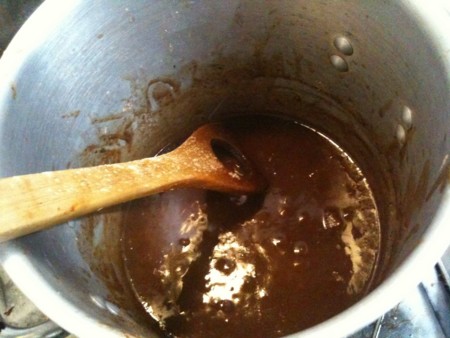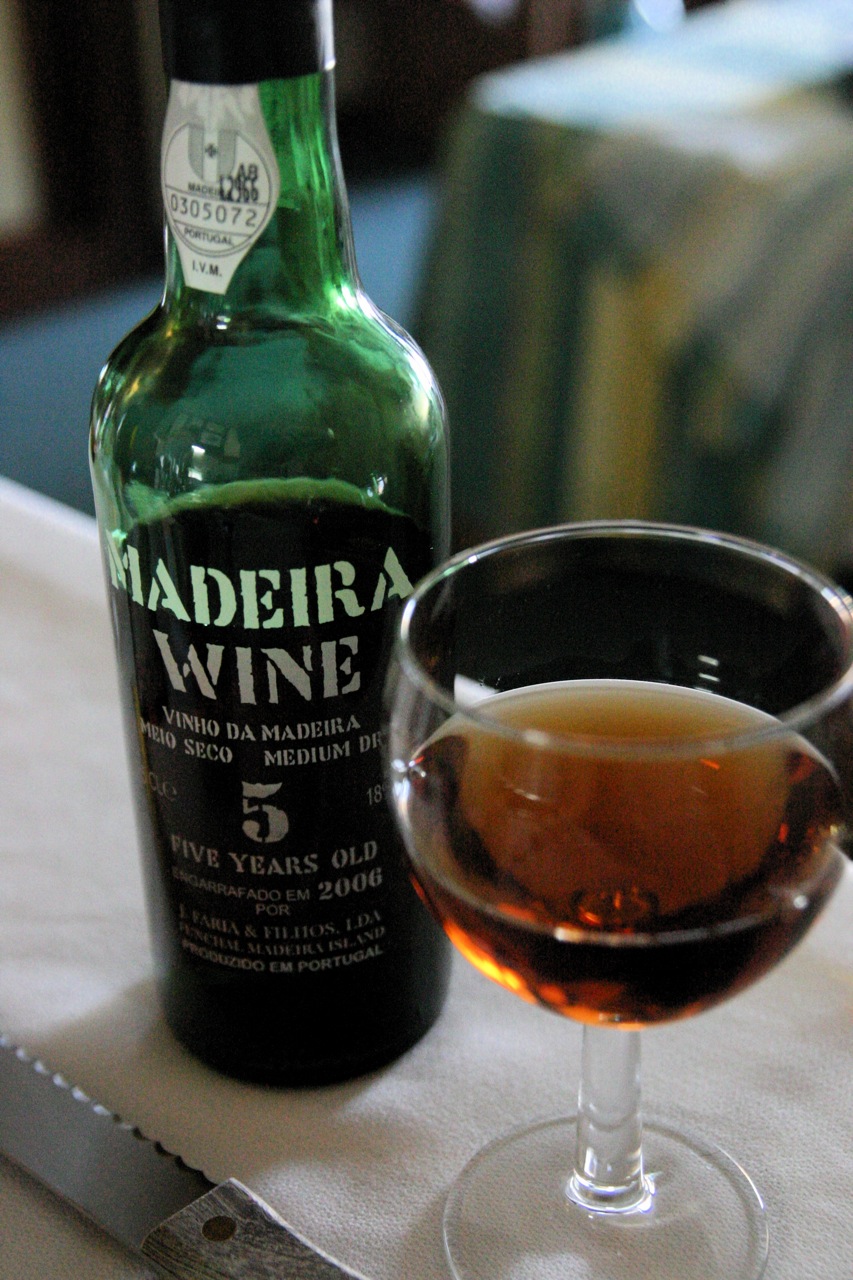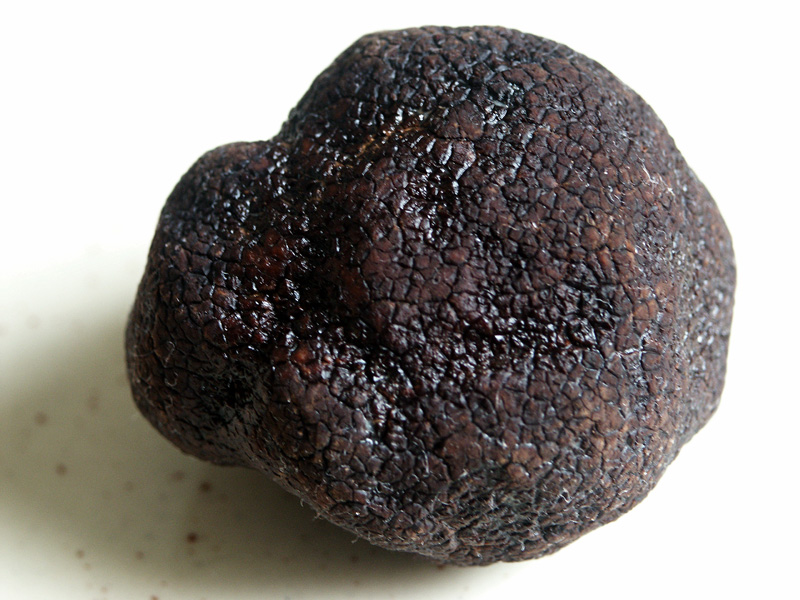|
Tournedos Rossini
Tournedos Rossini is a French steak dish, named after 19th-century composer Gioachino Rossini. Its invention is attributed to either French master chef Marie-Antoine Carême, Adolphe Dugléré, or Savoy Hotel chef Auguste Escoffier. The dish comprises a beef tournedos (filet mignon), pan-fried in butter, served on a crouton, and topped with a hot slice of fresh whole foie gras briefly pan-fried at the last minute. The dish is garnished with slices of black truffle and finished with a Madeira demi-glace sauce. See also * List of beef dishes A ''list'' is any set of items in a row. List or lists may also refer to: People * List (surname) Organizations * List College, an undergraduate division of the Jewish Theological Seminary of America * SC Germania List, German rugby union ... * References External links * {{commons-inline French cuisine Beef dishes Gioachino Rossini ... [...More Info...] [...Related Items...] OR: [Wikipedia] [Google] [Baidu] |
France
France (), officially the French Republic ( ), is a country primarily located in Western Europe. It also comprises of Overseas France, overseas regions and territories in the Americas and the Atlantic Ocean, Atlantic, Pacific Ocean, Pacific and Indian Oceans. Its Metropolitan France, metropolitan area extends from the Rhine to the Atlantic Ocean and from the Mediterranean Sea to the English Channel and the North Sea; overseas territories include French Guiana in South America, Saint Pierre and Miquelon in the North Atlantic, the French West Indies, and many islands in Oceania and the Indian Ocean. Due to its several coastal territories, France has the largest exclusive economic zone in the world. France borders Belgium, Luxembourg, Germany, Switzerland, Monaco, Italy, Andorra, and Spain in continental Europe, as well as the Kingdom of the Netherlands, Netherlands, Suriname, and Brazil in the Americas via its overseas territories in French Guiana and Saint Martin (island), ... [...More Info...] [...Related Items...] OR: [Wikipedia] [Google] [Baidu] |
Crouton
A crouton is a piece of rebaked bread, often cubed and seasoned. Croutons are used to add texture and flavor to salads—notably the Caesar salad— or eaten as a snack food. Etymology The word crouton is derived from the French ''croûton'', itself a diminutive of ''croûte'', meaning "crust". ''Croutons'' are often seen in the shape of small cubes, but they can be of any size and shape, up to a very large slice. Many people now use crouton for croute, so the usage has changed. Historically, however, a croute was a slice of a baguette lightly brushed with oil or clarified butter and baked. In English descriptions of French cooking, ''croûte'' is not only a noun but also has a verb form that describes the cooking process that transforms the bread into the crust. Preparation The preparation of croutons is relatively simple. Typically the cubes of bread are lightly coated in oil or butter (which may be seasoned or flavored for variety) and then baked. Croutons can also be ... [...More Info...] [...Related Items...] OR: [Wikipedia] [Google] [Baidu] |
French Cuisine
French cuisine () is the cooking traditions and practices from France. It has been influenced over the centuries by the many surrounding cultures of Spain, Italy, Switzerland, Germany and Belgium, in addition to the food traditions of the regions and colonies of France. In the 14th century, Guillaume Tirel, a court chef known as "Taillevent", wrote ''Le Viandier'', one of the earliest recipe collections of medieval France. In the 17th century, chefs François Pierre La Varenne and Marie-Antoine Carême spearheaded movements that shifted French cooking away from its foreign influences and developed France's own indigenous style. Cheese and wine are a major part of the cuisine. They play different roles regionally and nationally, with many variations and ''appellation d'origine contrôlée'' (AOC) (regulated appellation) laws. Culinary tourism and the ''Guide Michelin'' helped to acquaint commoners with the ''cuisine bourgeoise'' of the urban elites and the peasant cuisine o ... [...More Info...] [...Related Items...] OR: [Wikipedia] [Google] [Baidu] |
List Of Beef Dishes
A ''list'' is any set of items in a row. List or lists may also refer to: People * List (surname) Organizations * List College, an undergraduate division of the Jewish Theological Seminary of America * SC Germania List, German rugby union club Other uses * Angle of list, the leaning to either port or starboard of a ship * List (information), an ordered collection of pieces of information ** List (abstract data type), a method to organize data in computer science * List on Sylt, previously called List, the northernmost village in Germany, on the island of Sylt * ''List'', an alternative term for ''roll'' in flight dynamics * To ''list'' a building, etc., in the UK it means to designate it a listed building that may not be altered without permission * Lists (jousting), the barriers used to designate the tournament area where medieval knights jousted * ''The Book of Lists'', an American series of books with unusual lists See also * The List (other) * Listing (di ... [...More Info...] [...Related Items...] OR: [Wikipedia] [Google] [Baidu] |
Demi-glace
Demi-glace (, 'half glaze') is a rich brown sauce in French cuisine used by itself or as a base for other sauces. The term comes from the French word ''glace'', which, when used in reference to a sauce, means "icing" or "glaze." It is traditionally made by combining one part espagnole sauce and one part brown stock. The sauce is then reduced by half, strained of any leftover impurities, and finished with a sherry wine. Common variants of demi-glace use a 1:1 mixture of beef or chicken stock to sauce espagnole; these are referred to as "beef demi-glace" (''demi-glace au bœuf'') or "chicken demi-glace" (''demi-glace au poulet''). The term "demi-glace" by itself implies that it is made with the traditional veal stock. Preparation The basic recipe for demi-glace is provided by the French chef Auguste Escoffier, who is often considered to have refined the method of French cooking, as well as codified many standard French recipes. Although many recipes for demi-glace give the p ... [...More Info...] [...Related Items...] OR: [Wikipedia] [Google] [Baidu] |
Madeira Sauce
Madeira is a fortified wine made on the Portuguese Madeira Islands, off the coast of Africa. Madeira is produced in a variety of styles ranging from dry wines which can be consumed on their own, as an apéritif, to sweet wines usually consumed with dessert. Cheaper cooking versions are often flavoured with salt and pepper for use in cooking, but these are not fit for consumption as a beverage. The islands of Madeira have a long winemaking history, dating back to the Age of Exploration (approximately from the end of the 15th century) when Madeira was a standard port of call for ships heading to the New World or East Indies. To prevent the wine from spoiling, neutral grape spirits were added. On the long sea voyages, the wines would be exposed to excessive heat and movement which transformed the flavour of the wine. This was discovered by the wine producers of Madeira when an unsold shipment of wine returned to the islands after a round trip. Today, Madeira is noted for its un ... [...More Info...] [...Related Items...] OR: [Wikipedia] [Google] [Baidu] |
Truffle
A truffle is the fruiting body of a subterranean ascomycete fungus, predominantly one of the many species of the genus ''Tuber''. In addition to ''Tuber'', many other genera of fungi are classified as truffles including ''Geopora'', ''Peziza'', ''Choiromyces'', ''Leucangium'', and over a hundred others. These genera belong to the class Pezizomycetes and the Pezizales order. Several truffle-like basidiomycetes are excluded from Pezizales, including ''Rhizopogon'' and ''Glomus''. Truffles are ectomycorrhizal fungi, so they are usually found in close association with tree roots. Spore dispersal is accomplished through fungivores, animals that eat fungi. These fungi have significant ecological roles in nutrient cycling and drought tolerance. Some truffle species are highly prized as food. French gastronome Jean Anthelme Brillat-Savarin called truffles "the diamond of the kitchen". Edible truffles are used in Italian, French and numerous other national . Truffles are cultivat ... [...More Info...] [...Related Items...] OR: [Wikipedia] [Google] [Baidu] |
Foie Gras
Foie gras (, ; ) is a specialty food product made of the liver of a duck or goose. According to French law, foie gras is defined as the liver of a duck or goose fattened by gavage (force feeding). Foie gras is a popular and well-known delicacy in French cuisine. Its flavour is rich, buttery, and delicate, unlike an ordinary duck or goose liver. Foie gras is sold whole or is prepared into mousse, parfait, or pâté, and may also be served as an accompaniment to another food item, such as steak. French law states, "Foie gras belongs to the protected cultural and gastronomical heritage of France." The technique of gavage dates as far back as 2500 BC, when the ancient Egyptians began keeping birds for food and deliberately fattened the birds through force-feeding. Today, France is by far the largest producer and consumer of foie gras, though there are producers and markets worldwide, particularly in other European nations, the United States, and China. Gavage-based foie gras pr ... [...More Info...] [...Related Items...] OR: [Wikipedia] [Google] [Baidu] |
Auguste Escoffier
Georges Auguste Escoffier (; 28 October 1846 – 12 February 1935) was a French chef, restaurateur and culinary writer who popularized and updated traditional French cooking methods. Much of Escoffier's technique was based on that of Marie-Antoine Carême, one of the codifiers of French ''haute cuisine''; Escoffier's achievement was to simplify and modernize Carême's elaborate and ornate style. In particular, he codified the recipes for the five mother sauces. Referred to by the French press as ''roi des cuisiniers et cuisinier des rois'' ("king of chefs and chef of kings"—also previously said of Carême), Escoffier was a preeminent figure in London and Paris during the 1890s and the early part of the 20th century. Alongside the recipes, Escoffier elevated the profession. In a time when kitchens were loud, riotous places where drinking on the job was commonplace, Escoffier demanded cleanliness, discipline, and silence from his staff. In bringing order to the kitchen, he tapped ... [...More Info...] [...Related Items...] OR: [Wikipedia] [Google] [Baidu] |
Marie-Antoine Carême
Marie Antoine (Antonin) Carême (; 8 June 178412 January 1833) was a French chef and an early practitioner and exponent of the elaborate style of cooking known as ''grande cuisine'', the "high art" of French cooking: a grandiose style of cookery favored by both international royalty and by the nouveau riche ("newly rich") of Paris. Carême is often considered one of the first internationally renowned celebrity chefs. Biography Abandoned by his parents in Paris in 1794 at the height of the French Revolution, he worked as a kitchen boy at a cheap Parisian chophouse in exchange for room and board. In 1798, he was formally apprenticed to Sylvain Bailly, a famous ''pâtissier'' with a shop near the Palais-Royal. The post-revolutionary Palais-Royal was a high-profile, fashionable neighborhood filled with vibrant life and bustling crowds. Bailly recognized his talent and ambition. By the time he was prepared to leave Bailly, he could stipulate that he should be free to leave his new empl ... [...More Info...] [...Related Items...] OR: [Wikipedia] [Google] [Baidu] |
Savoy Hotel
The Savoy Hotel is a luxury hotel located in the Strand in the City of Westminster in central London, England. Built by the impresario Richard D'Oyly Carte with profits from his Gilbert and Sullivan opera productions, it opened on 6 August 1889. It was the first in the Savoy group of hotels and restaurants owned by Carte's family for over a century. The Savoy was the first luxury hotel in Britain, introducing electric lights throughout the building, electric lifts, bathrooms in most of the lavishly furnished rooms, constant hot and cold running water and many other innovations. Carte hired César Ritz as manager and Auguste Escoffier as ''chef de cuisine''; they established an unprecedented standard of quality in hotel service, entertainment and elegant dining, attracting royalty and other rich and powerful guests and diners. The hotel became Carte's most successful venture. Its bands, Savoy Orpheans and the Savoy Havana Band, became famous, and other entertainers (who were als ... [...More Info...] [...Related Items...] OR: [Wikipedia] [Google] [Baidu] |
Adolphe Dugléré
Adolphe Dugléré (3 June 1805 in Bordeaux – 4 April 1884 in Paris) was a French chef and a pupil of Marie-Antoine Carême. Les Frères Provençaux Dugléré was a ''chef de cuisine'' to the Rothschild family until 1848, and was manager at the restaurant ''Les Trois Frères Provençaux'' at the Palais-Royal from 1848 to 1866 which was owned by three men from Provence named Barthélémy, Maneille and Simonas (who were, in reality, not brothers). Café Anglais In 1866 he became the head chef of the Café Anglais (founded 1802), which became the most famous Paris restaurant of the 19th century and where he is believed to have created the dish ''Pommes Anna''. Dinner of the Three Emperors It was here in 1867 that Dugléré served a famous meal that became known as the '' Dîner des trois empereurs'', ('Dinner of the Three Emperors') for Tsar Alexander II of Russia, his son the tsarevitch (who later became Tsar Alexander III) and King William I of Prussia, as wel ... [...More Info...] [...Related Items...] OR: [Wikipedia] [Google] [Baidu] |

.jpg)







